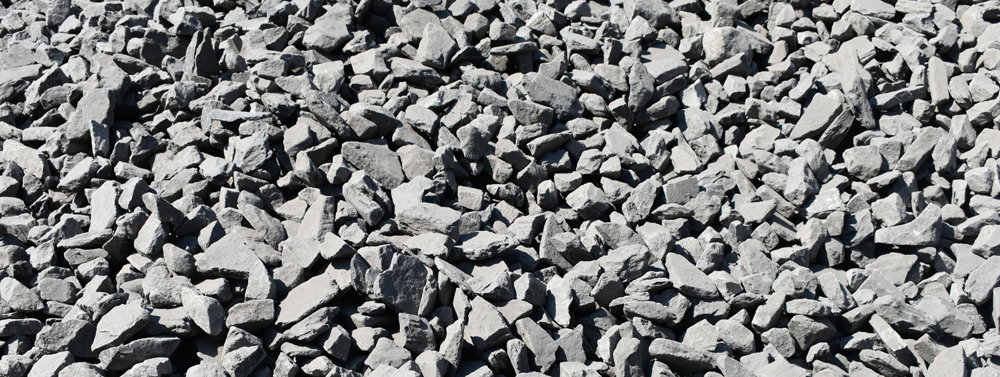You might not know it, but aggregates play a hugely important role within our lives.
No matter where you go, you are most likely surrounded by structures and items that are made up of different types of aggregate materials.
To put this into perspective concrete, which is made up of aggregates, is one of the most used materials on the planet; only second to water, with over 4 billion tonnes used globally every year.
Understanding the different types of aggregates can be helpful within the construction industry but also in everyday life.
We will look at the 4 main types of aggregates categories:
Crushed Stone
Gravel
Sand
Concrete

This one is pretty easy to explain! Stone that has been extracted and then crushed.
Crushed stone if often produced in quarries where machines, known as crushers, break up large stones into smaller fragments which can then be used in construction applications.
This manufactured process produces round shaped aggregates.
You want to use crushed stone for a long term projects such as roads and buildings due to their durability.
A few examples of crushed stone are MOT Type 1 and 6F5.
Gravel is a generally a naturally occurring loose aggregate that has been weathered by water or by rocks colliding.
It can also be produced in quarries by crushing material; which you might think should be called crushed stone? Gravel is a widely used term and loose aggregates often get referred to as gravel.
When gravel is naturally weathered it produces angular shaped stone.
Gravel is used in areas of high traffic such as road and buildings or even in concrete production.
An example of gravel is Pea Gravel.
Sand is a very fine aggregate that can be both naturally occurring and manufactured.
The use of sand is very common within construction as it provides strength and stability to materials such as concrete, cement and asphalt.
It is also used as a base layer to provide a clean and level surface.
Sand is a much finer product than gravel.
A few example of sand includes building sand and sharp sand.
Concrete is an important material that is used in structural applications.
A composite material made up of cement, water and aggregates which are mixed into a paste before it hardens over time.
It is extensively used in the construction of buildings, roads, bridges and platforms.